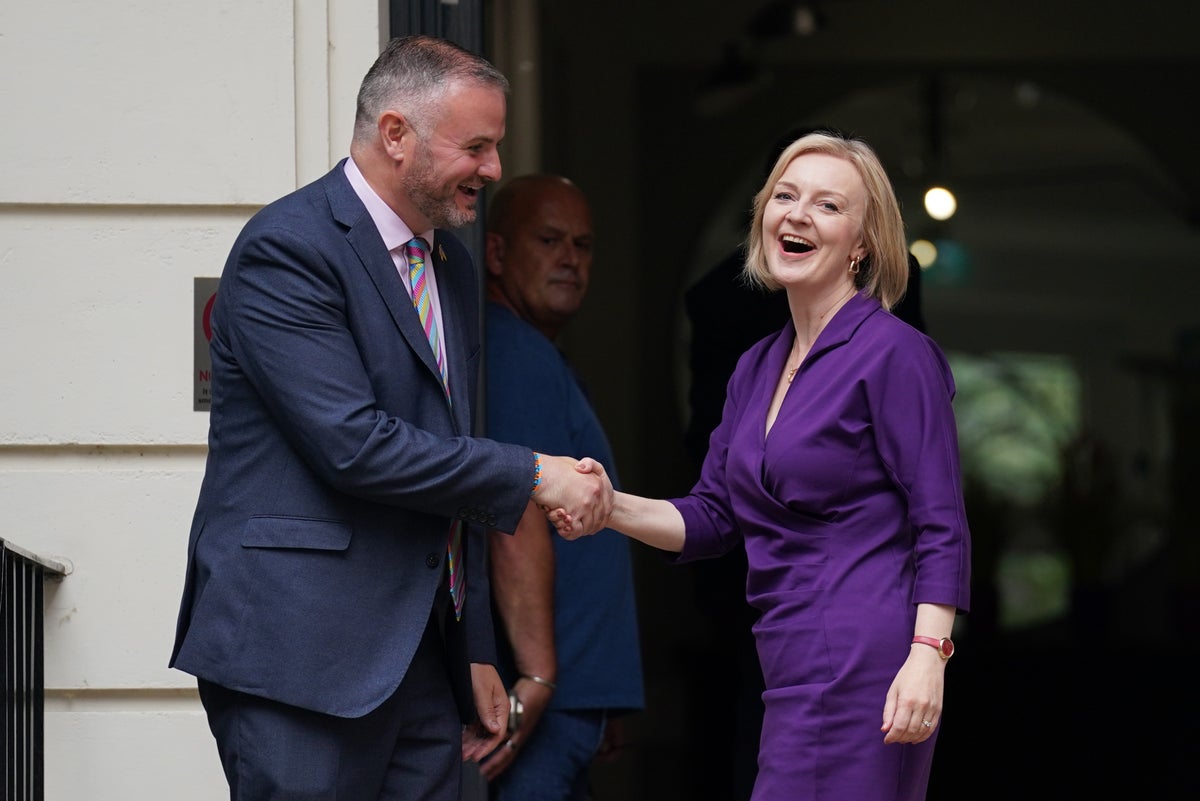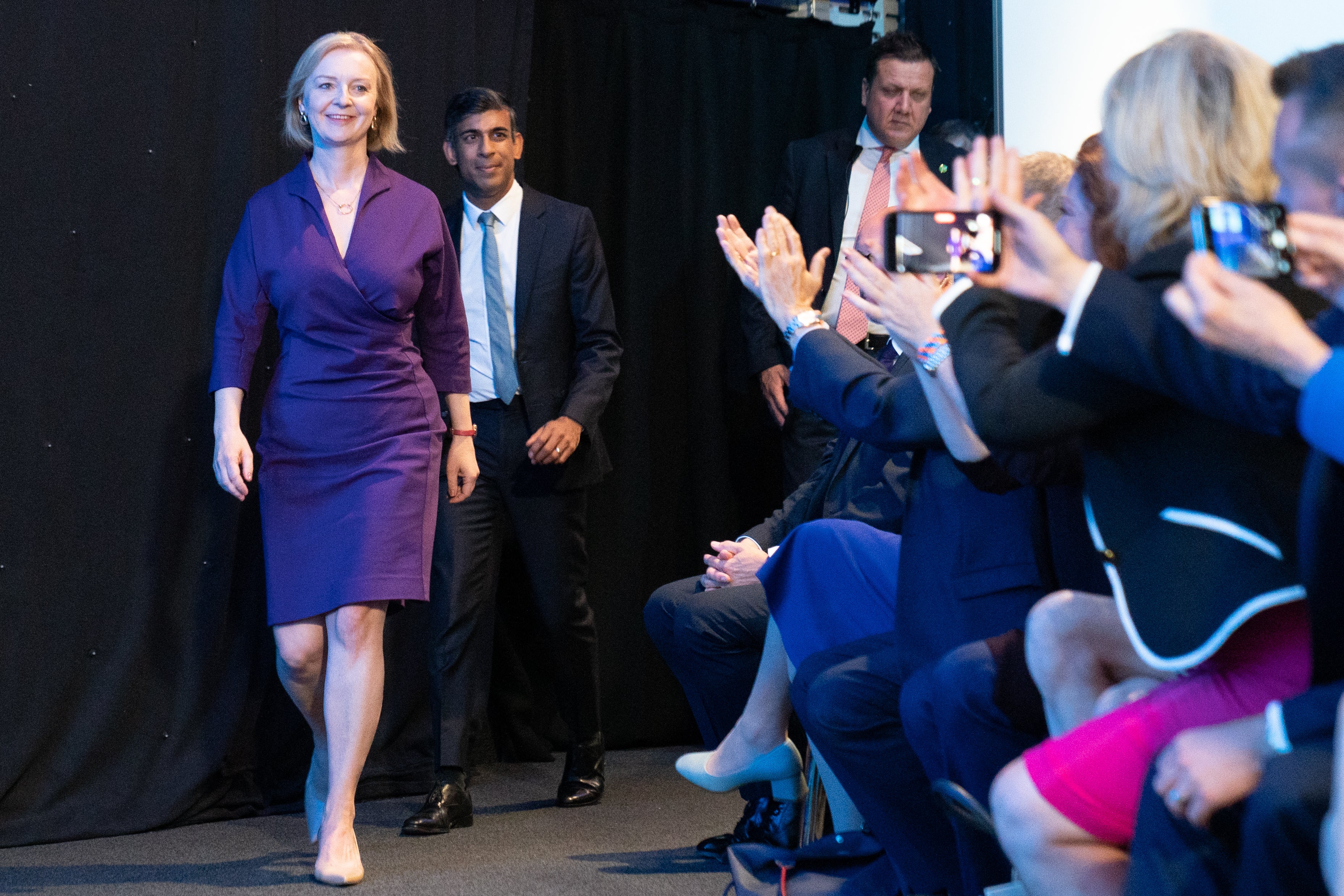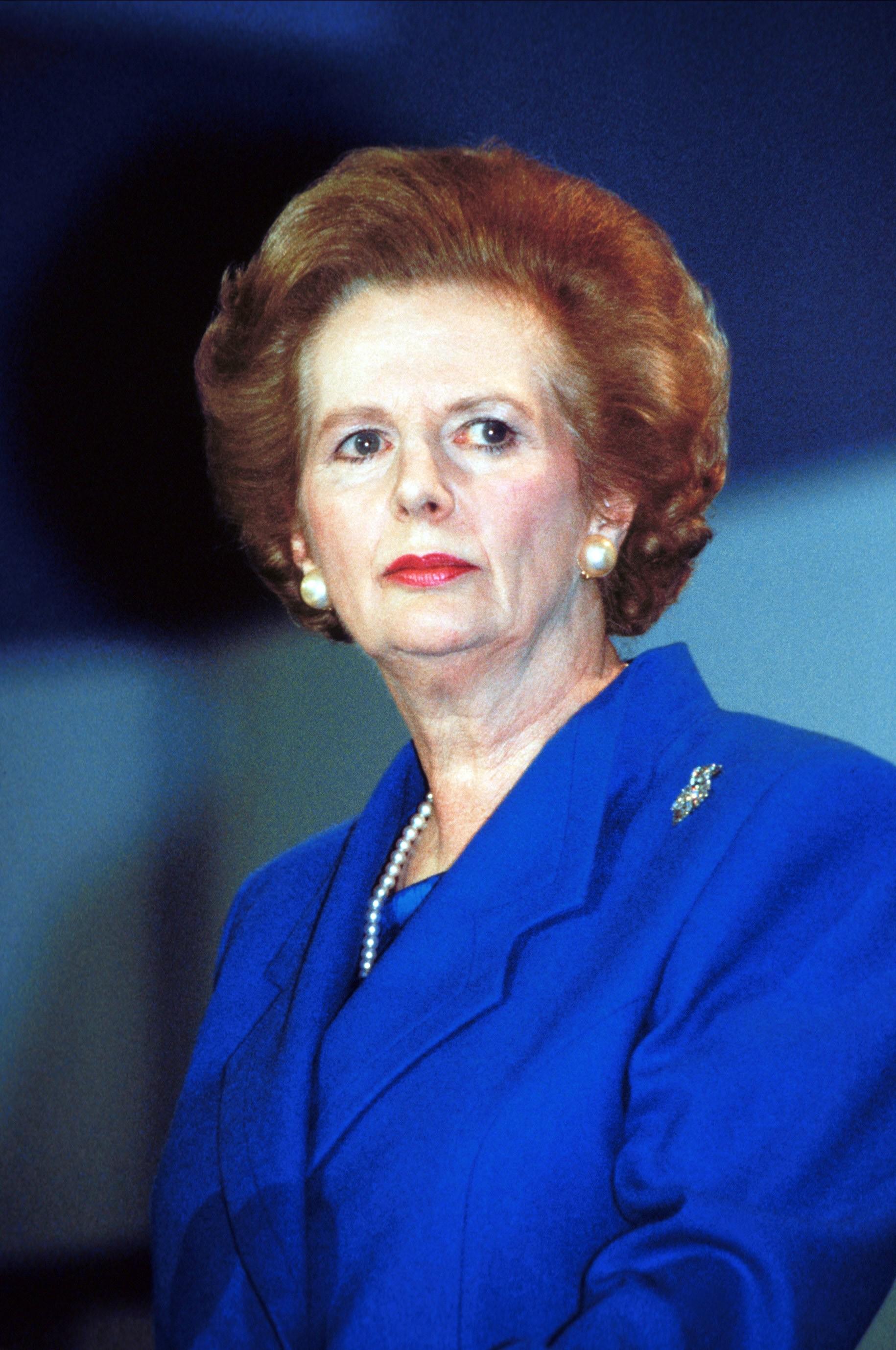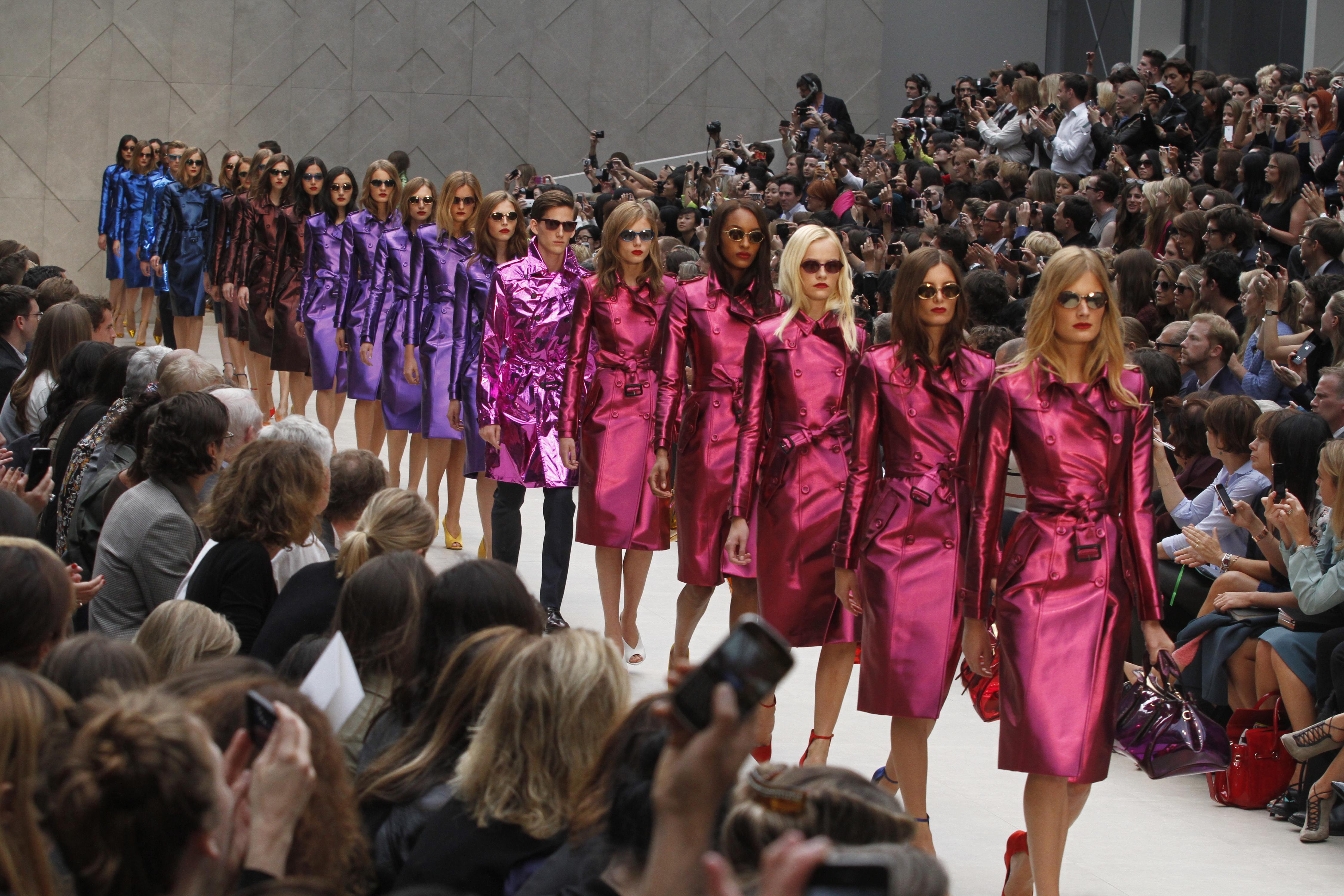
Often combining traditionally masculine elements with bright colours and bold features like shoulder pads and wide-leg trousers, ‘power dressing’ may seem like an outdated concept, yet it is all too present an idea when a woman becomes Prime Minister.
Truss beat Rishi Sunak to the Tory leadership with 81,326 votes to 60,399, and promised a “bold plan” to cut taxes and grow the economy. And alongside details of her policies, were details of her outfit, and commentary emerged about how she was ‘power dressing’ in purple or that the colour she’d chosen to wear was representative of imperialism.
During her ministerial years, Truss’s wardrobe – including colourful blazers, tartan culottes and giant bows – have been scrutinised. Of course, the attention paid to Rishi Sunak’s attire has been much less notable.

But what’s the harm in discussing a woman’s clothes as part of her ‘power’? You might wonder. And why do we even do it?
Style coach Samantha Harman explains: “The term ‘power dressing’ was coined in the Seventies when changes in society saw more women go out to work in corporate settings. Its usage is credited to John T Molloy’s book, Women: Dress For Success (1977) which outlines gender-specific dress codes.
“At first, ‘power dressing’ for women emphasised wearing garments that imitated men’s workwear. Shoulder pads, for example, were put in women’s suits to bolster their stature and create more of a ‘male’ silhouette.”
“Margaret Thatcher has been called the ‘original female power-dresser’, her style uniform being conservative but feminine.”

We only talk about ‘power dressing’ in terms of women
The truth is, if Sunak had won, the dialogue may have been very different.
Karen Seddon, founder and fashion expert at SNOODY, a new genderless clothing brand, says: “There is a gender bias in how we talk about fashion for politicians. We wouldn’t have seen the same commentary about what the politician is wearing if Rishi had won, because he is a man. The focus should be on her policies, not on what she wears. She should be noticeable without without bright purple or shoulder pads.
“She is under a microscope of what she is wearing that a man wouldn’t be under.”

Harman explains: “Women are complex, just as men are complex. Yet still we battle with this notion that women must be ‘kind, caring’ and men are ‘strong, powerful.’ Why can’t we be a mix of masculine and feminine?
“When a man puts on an expensive suit, he is dressing for his job. He is showing strength. He is someone with authority. Women are judged in a totally different way.”
For example, she adds: “Does anyone remember the furore about Theresa May’s leopard print shoes?
Boris Johnson’s look was often talked about, but in a different way. “The messy hair, the suit that never-quite-fits-properly. Can anyone just take a second to imagine if a woman turned up to the highest office in the country with unbrushed hair?” says Harman.

“Of course, Johnson’s look was carefully created to give a ‘lovable rogue’ persona. But a woman can’t afford to be a ‘lovable rogue’. A woman gets one shot only,” argues Harman.
Essentially, perception is altered by the gender of the politician.
Masculinity is seen as standard
James Fox, head of data and analytics at human insights practice Canvas8, explains that the term ‘power dressing’ was born from the patriarchal tradition that femininity is frivolity. It relies on the idea that without specifically presenting themselves in a way that is close to the typical wealthy white corporate boss, that women cannot and would not be taken seriously.”
In other words, power and professionalism are implied for men, in a way they aren’t for women.
“The implications are significant not just because it reinforces patriarchal norms through visual fashion cues, it fails to address the intersectional needs of people who aren’t white men across class, race, culture, disability, and gender presentation, and contributes to the delegitimisation of the important work of women throughout society,” says Fox.

Sharp tailoring still represents professionalism
Seddon believes that office dress in general has become less formal, with lines getting blurred between formal and casual – and that’s been accelerated by the pandemic. Yet, she argues, “What you wear means you will be taken more or less seriously, particularly as a woman. If a man showed up in joggers and a T-shirt, he may be seen as trendy. A woman has got to conform to certain stereotypes.”
And similarly, Harman adds: “It’s tiring how women are judged on their appearance in a way that men are not. A man could wear the same suit every day for a week, no one bats an eyelid. If a woman wears the same skirt twice, we raise our eyebrows.”
One problem is that the suit is still the symbol of what ‘professionalism’ means. “When we talk about the suit, or we discuss ‘what she wore’ – we aren’t just talking about clothes, we’re participating in a wider discourse about what it means to be powerful. We’re telling a story about how we view power, and who we picture when we think of leadership.”







